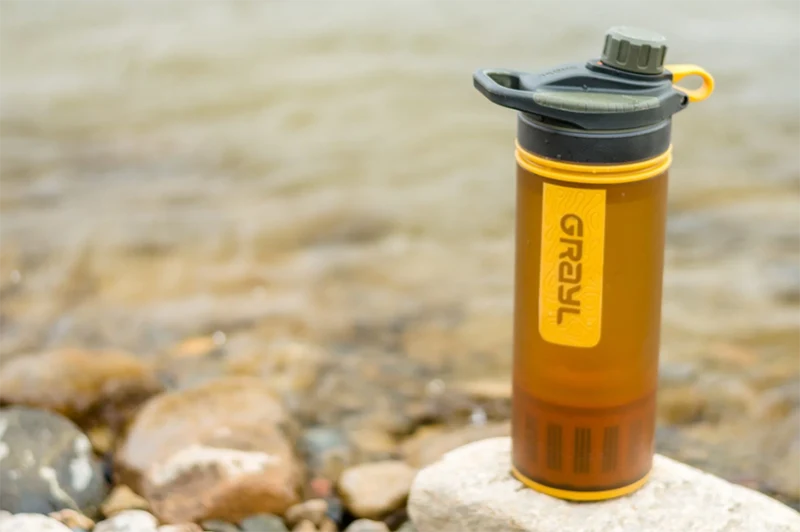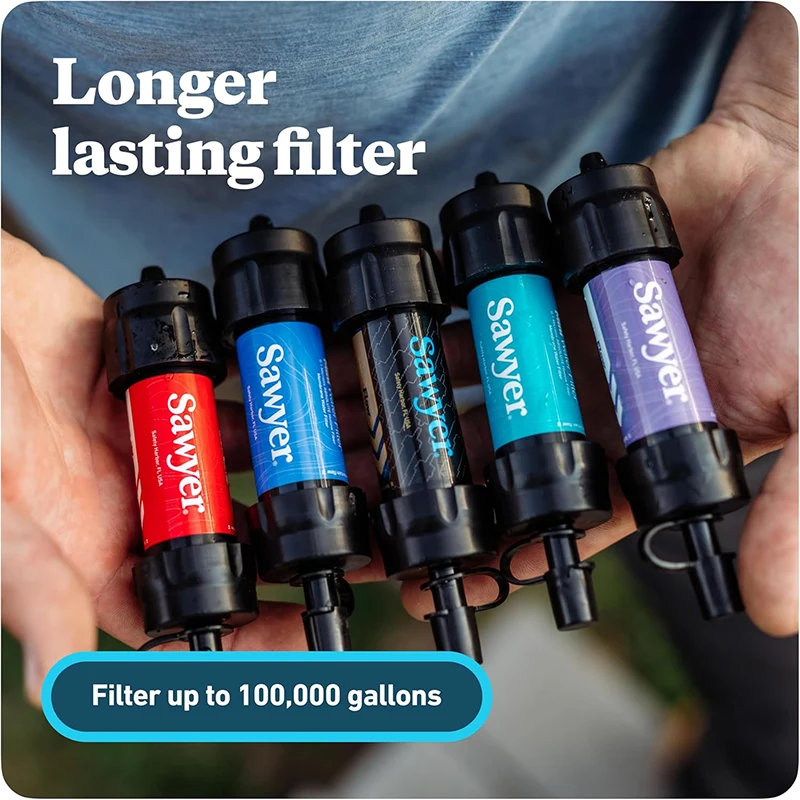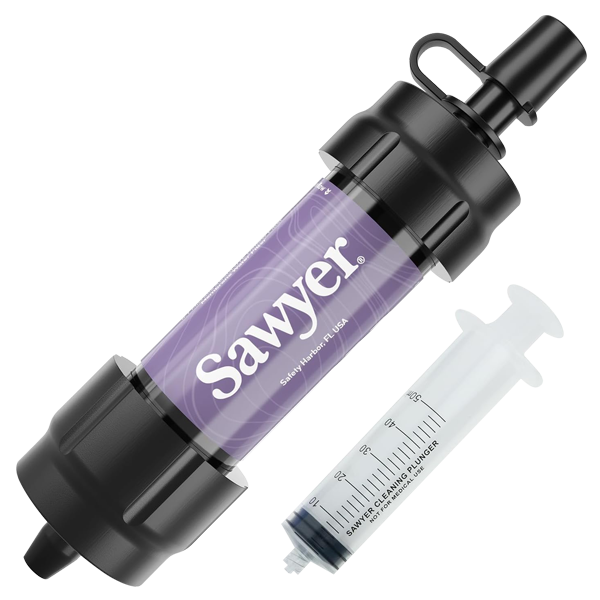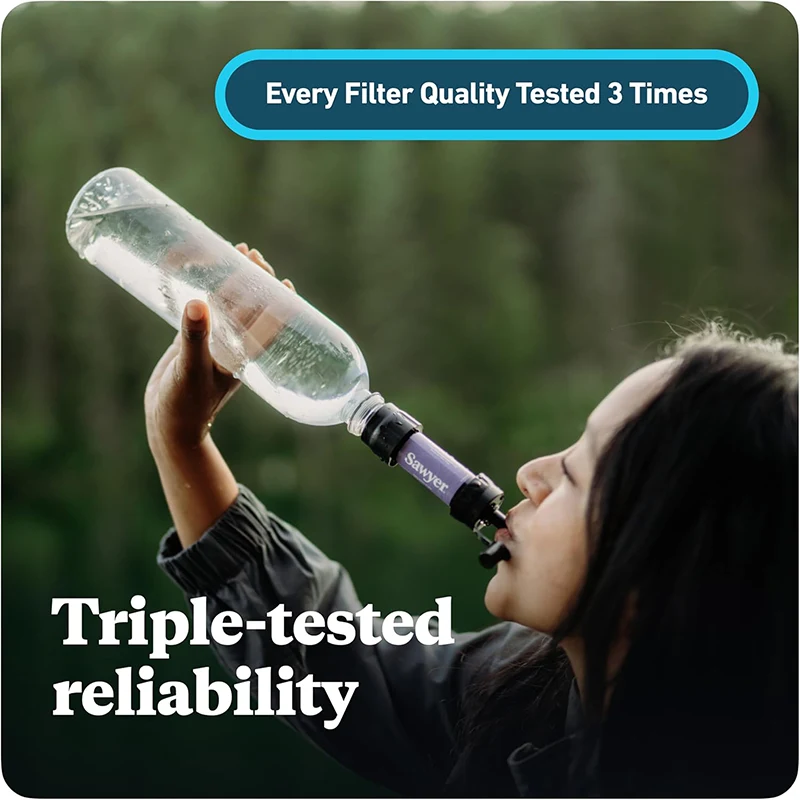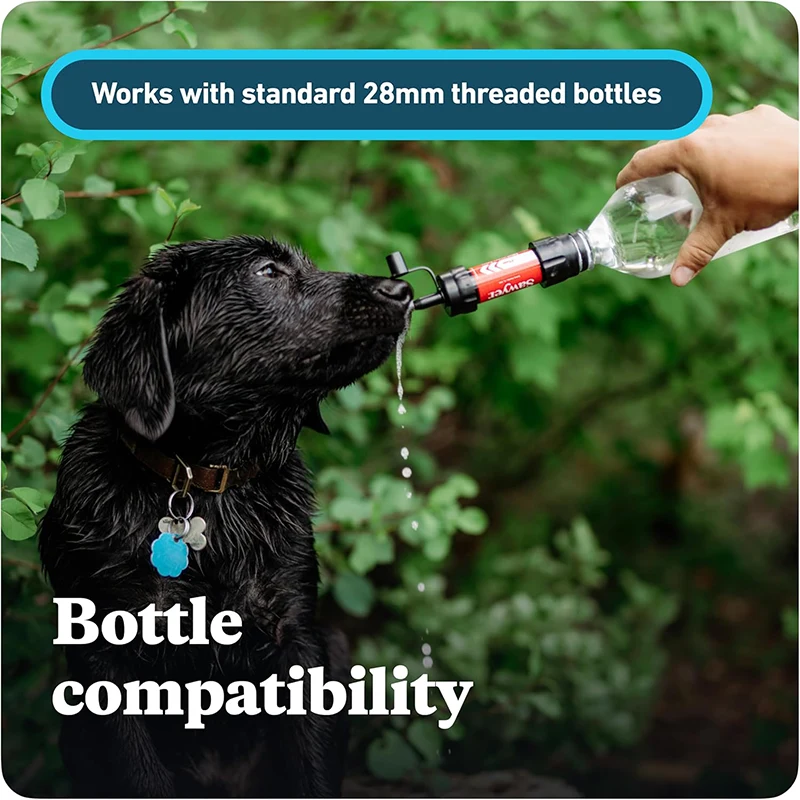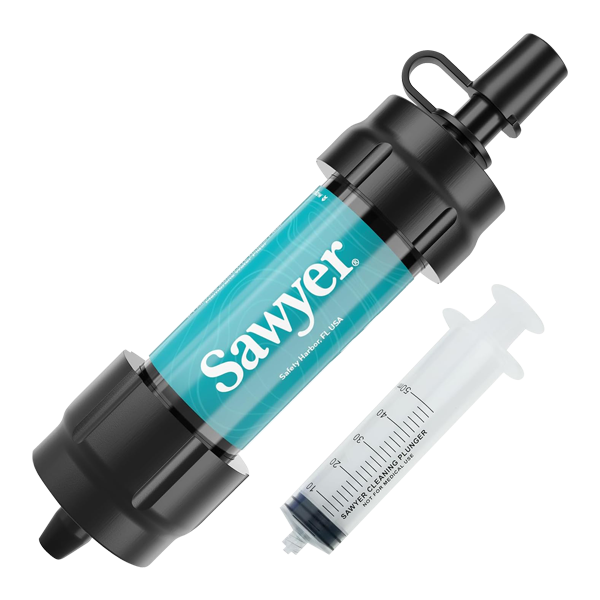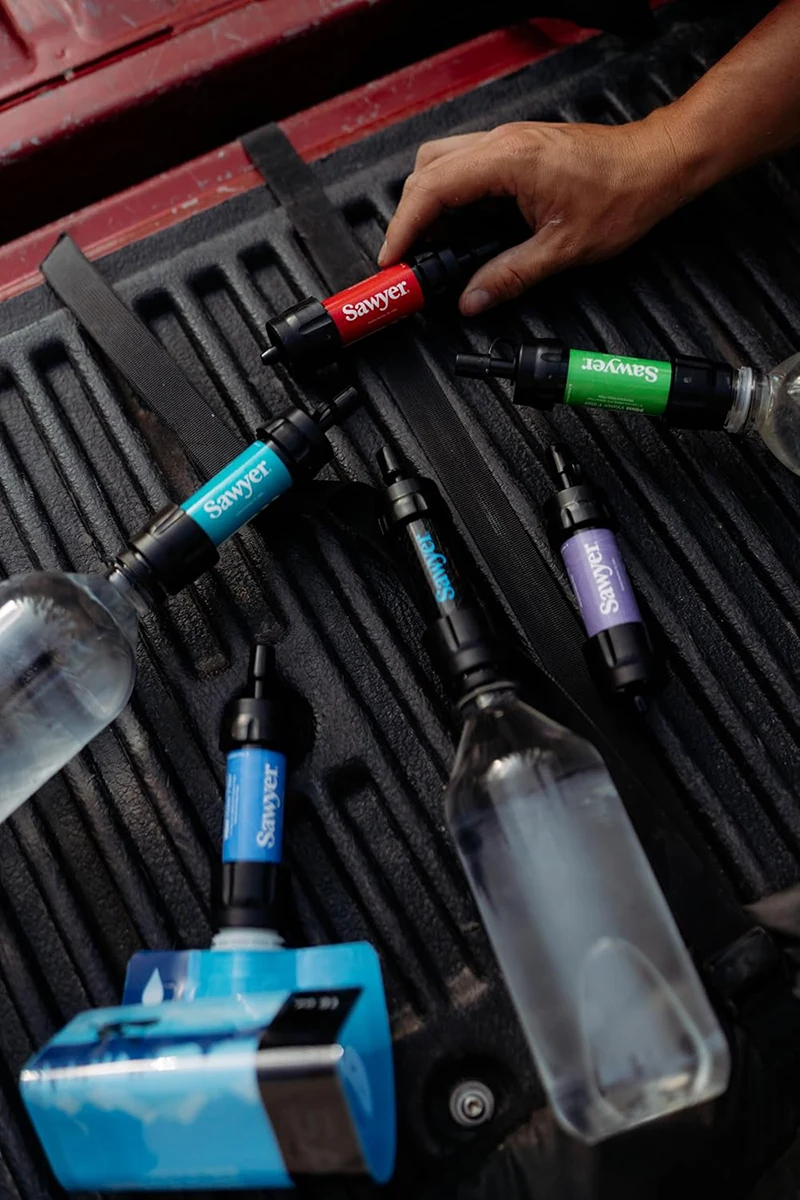

How Nature Purifies Water (and How to Do It Yourself)
Access to clean drinking water is an important part of your health. And besides treatment plants and Brita pitchers, there are some natural water filter systems that clear fluid of contaminants before it ever reaches your tap or water bottle.
Here's everything you need to know about natural water filtration, including how plants and ecosystems purify water and how to clean your water when you're out in nature.
What Is Meant by Water Purification?
Purification can mean a few different things depending on whether you're talking about man-made purification systems or natural water filters.
Here, we're talking about how nature purifies water and how to create potable fluid while you're in the great outdoors, rather than water that is up to the U.S. Environmental Protection Agency's (EPA) purification standards for manufactured products and bottled water.
How Does Nature Purify Water?
Before water ever makes it to a treatment plant, ecosystems have their own water filtration processes. Here's how water is naturally purified:
1. Through the Soil
Soil filters water naturally by physically removing large debris and particles as water percolates down through the soil layers, according to Michigan State University. Bacteria and microorganisms in the soil further purify water by breaking down chemicals and contaminants.
2. With Wetlands
Wetlands also act as natural water filters. They do this primarily through three processes, according to the Vermont Department of Environmental Conservation (DEC).
The first is sediment trapping. During this process, the dense plant life in wetlands naturally filter water by slowing its flow. This allows impurities like metals to sink down to the bottom of the wetland and, over time, become sequestered from the environment they settle deeper into the ground, per the DEC.
Another natural water filter system in wetlands is called nutrient removal, which is when the wetlands capture pollutants like nitrogen and phosphorous before they flow into larger bodies of water like lakes or rivers.
The third natural water filtration process in wetlands is chemical detoxification, which is when pollutants get buried in the sediment layer or plants convert them into less harmful chemicals altogether, according to the DEC.
दस्ते से
हमारे समुदाय के साथ कैम्प फायर वार्तालाप, स्क्वाड सदस्यों और राजदूतों से लेकर ब्रांड पार्टनर्स और सॉयर टीम तक।



